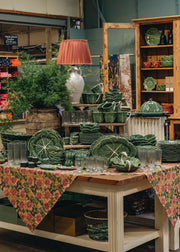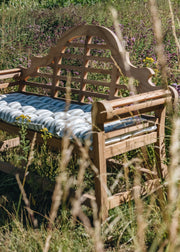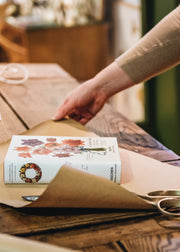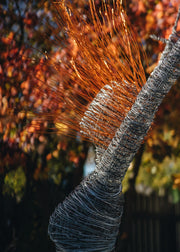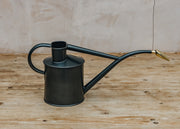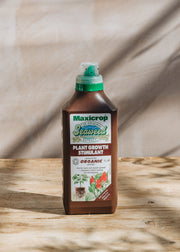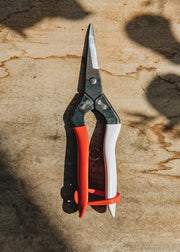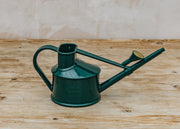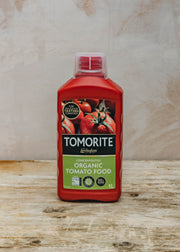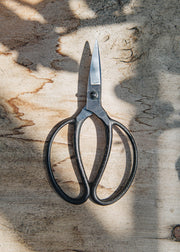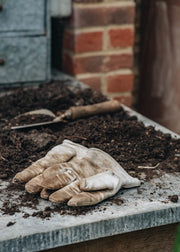How to: Care for Scented Pelargoniums
In anticipation of our upcoming Scented Pelargonium Weekend with specialist nursery, Fibrex, and Cath Kidston of C.Atherly, join us for a little homework through our comprehensive care guide for how to best look after your pelargoniums, ensuring they thrive and exude joy in your garden. By following our carefully curated care tips, your pelargoniums will have every opportunity to provide a vibrant, flourishing display, for years to come.
Once you have got your pelargoniums safely home, place in a protected, shady spot to help them recover from their journey. Check the moisture levels in your pot by placing a finger into the soil, water if feeling dry, but be conscious that pelargoniums don’t like to stand in damp potting mix. Once settled, move them to a sheltered and sunny, frost-free location. Our potted pelargoniums have been planted into pots that will last them all summer long, but should you like a larger plant, consider repotting into a larger pot later in the summer. If potting on, ensure your pot is not too spacious since pelargoniums prefer their roots to be contained.
If potting on, pelargoniums thrive in well-drained soil. Enhance your peat-free potting compost to create an open mix with perlite and or sharp sand for improved drainage. Ensure pots have ample drainage holes, and add small stones or crocks (broken terracotta) at the bottom to facilitate water flow and aid drainage.
To prevent your plants from becoming leggy and to encourage fuller growth, pinch out the top shoots once new growth appears. Simply cut just above a leaf joint, prompting the plant to produce healthy new shoots.
Tools for the job
Water your pelargoniums thoroughly when the soil is nearly dry, typically once a week, but more frequently during summer. Water directly onto the soil to avoid wetting the leaves, which can cause disease. Be cautious of overwatering, as pelargoniums dislike 'wet feet.' Yellowing leaves often indicate overwatering, which can lead to root rot.
Monthly feeding with seaweed or a high-potash tomato feed will keep your pelargoniums healthy. Increase feeding frequency during high summer for optimal growth, reducing your feeding in autumn to allow plants to enter dormancy for the winter.
Regularly remove discoloured leaves and deadhead spent blooms to encourage further flowering. Different pelargonium varieties have varying growth habits, so prune tall shoots to encourage a bushier growth habit.


If keeping your pelargoniums in the greenhouse or home, ensure good ventilation to minimize disease risk. Common visitors can be whitefly and spider mites, simply rinse plants with soapy water and continue until the life cycle is broken.
Propagating pelargoniums from cuttings is a highly rewarding process and a great way to keep a reserve over winter. Use sharp and clean secateurs to cut a sprig just above a leaf joint, making the cutting 3-4 inches long without flowers. Trim the base just below a leaf joint, remove lower leaves, and place in water to prevent drying. Afterwards, dip the cutting in rooting powder and plant in an open peat-free compost mix, pressing down ever so gently, and water generously. Keep cuttings on a warm, light windowsill, away from strong sunlight. Once new growth appears, pinch out top shoots to promote fullness.
Our favourite pelargoniums
In winter, pelargoniums thrive on a windowsill or in a warm greenhouse with ample light. Come cooler days, cut back by half and remove old foliage. As pelargoniums are frost-sensitive, avoid leaving them exposed outdoors. If space is limited, take cuttings in autumn to save for the next growing season. Slow down the frequency of watering and stop feeding around this time to encourage dormancy and avoid overwatering.
After the last frost, move your plants outside. Prune dead branches and shape them for the upcoming season. Repot if root-bound and provide a good feed and water to kickstart their growth.




